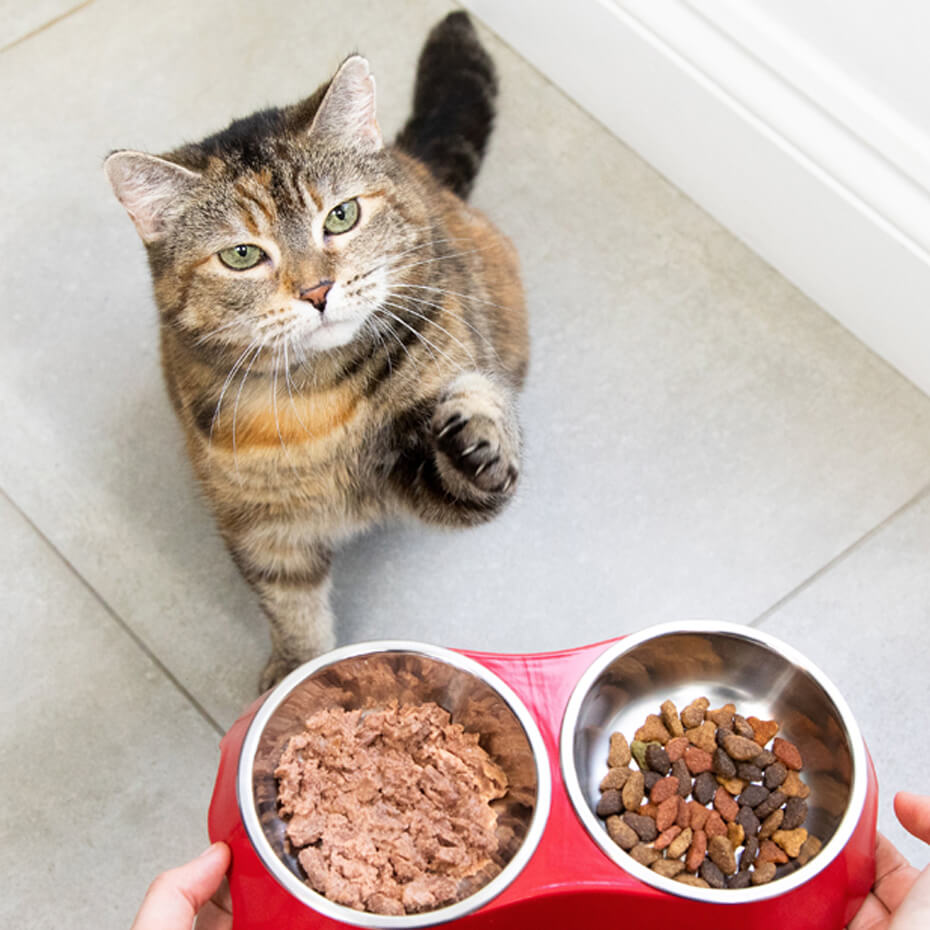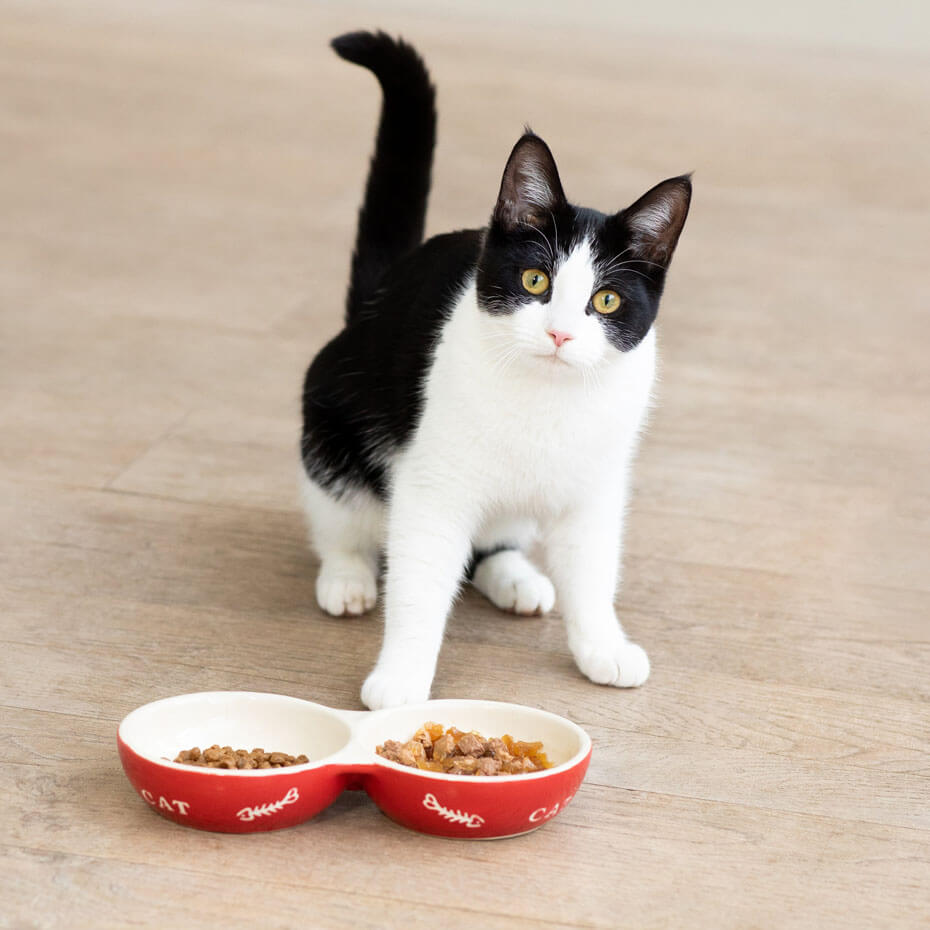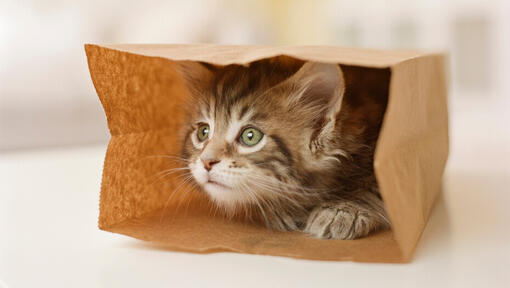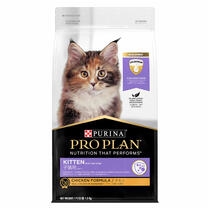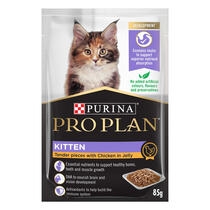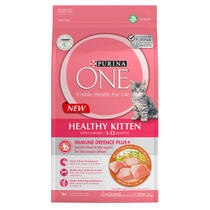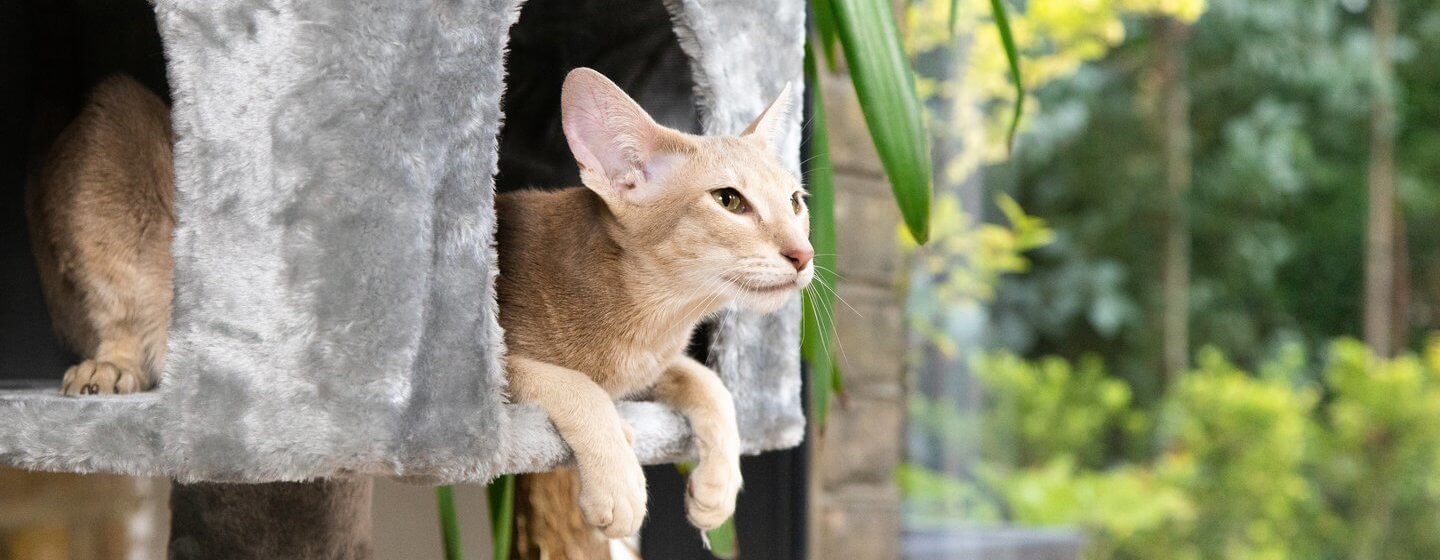
Make a new cat feel right at home with these ideas to a kitten proof home.
Be sure you’ve got the basics covered because a cat proof home is a safe and happy home!
Kitten and cat-proofing your home
Cat-proofing the house requires a solid plan. Remember these for a friendly cat-proof home :
1. Windows and doors
When you first bring your new kitten or cat home, keep all windows / doors closed until they’re fully settled in, been fully vaccinated and neutered.
2. Plastic bags
Safely store plastic shopping bags, they can be a hazard if chewed and swallowed or hidden in.
3. Kitchen appliances
Always close doors to all appliances. Leave reminder notes for people to check inside before using them. Kittens find a warm dryer or a shiny washing machine drum irresistible!
4. Toilet lids
Keep toilet lids down, so your kitten can't fall in, drink or try to use the toilet themselves! Leave a note as well to remind everyone.
5. Trailing cables
Hide all trailing electrical cables and chew-proof them by buying thick cable protectors.
6. Bins
Check that your bins have closable lids that are fully paw-proof. Never leave bin bags where they can be raided!
7. Open fire sources
If you have naked flames (lit candles, burning incense or oil burners), have guards in front of it so your cat proof house is also a safe house.
8. Blinds and curtains
Shorten blind and curtain cords and secure them out of paws reach.
9. Home decorations
Put away any breakable ornaments, they won’t last long with a curious kitten.
10. Kitchen countertops
Keep kitchen countertops clear and clean up promptly. Chicken bones are tempting to cats but very dangerous, they splinter when chewed! Binding strings used on meat joints are also irresistible as a snack / toy, but a real problem if swallowed.
Fit child-locks on floor-level kitchen cupboards, as curious kittens love opening doors. Check the list for cat-proofing the house below.
Dangerous substances to avoid
A lot of common household objects are highly toxic to cats even in low quantities so store them securely. Safety first when cat-proofing your house:
- Cleaning / hygiene products like bleach and products with phenols (disinfectants that turn water cloudy).
- Human medicines (like paracetamol and ibuprofen).
- Car-related products (motor oils and other chemicals).
- Beauty or decorating products like hair dyes and nail polish remover.
- Rat/mouse poisons – ideally these shouldn’t be used because your cat could get seriously ill if they eat the poisoned prey. If you have to use them, keep them somewhere safe and secure.
- Slug pellets (get pet-friendly versions).
- Mothballs (naphthalene or paradichlorobenzene).
- Potpourri oils, fabric softener sheets, dishwasher detergents (all contain cationic detergents which cause corrosive lesions).
- Batteries (contain acids or alkali which cause corrosive lesions).
- Homemade play dough (high salt levels).
- Hand or foot warmers (high levels of iron).
- Cigarettes, leftover coffee grounds, alcohol.
- Chocolate (theobromine in chocolate is toxic to cats and dogs).
- All forms of lilies (leaves, flowers etc.) in bouquets or houseplants.
- Dog-flea products with permethrin is toxic to cats so store them safely and separate treated dogs from cats.
Protect the furniture in your cat proof house. Scratching posts are very useful, ideally with a high platform to hide or sleep on without being disturbed. Here are more tips for stopping a cat scratching your furniture.
You should check your outdoors too. Our cat proof garden article has things you can add to your to-do list to make your cat proof home as safe as possible.

